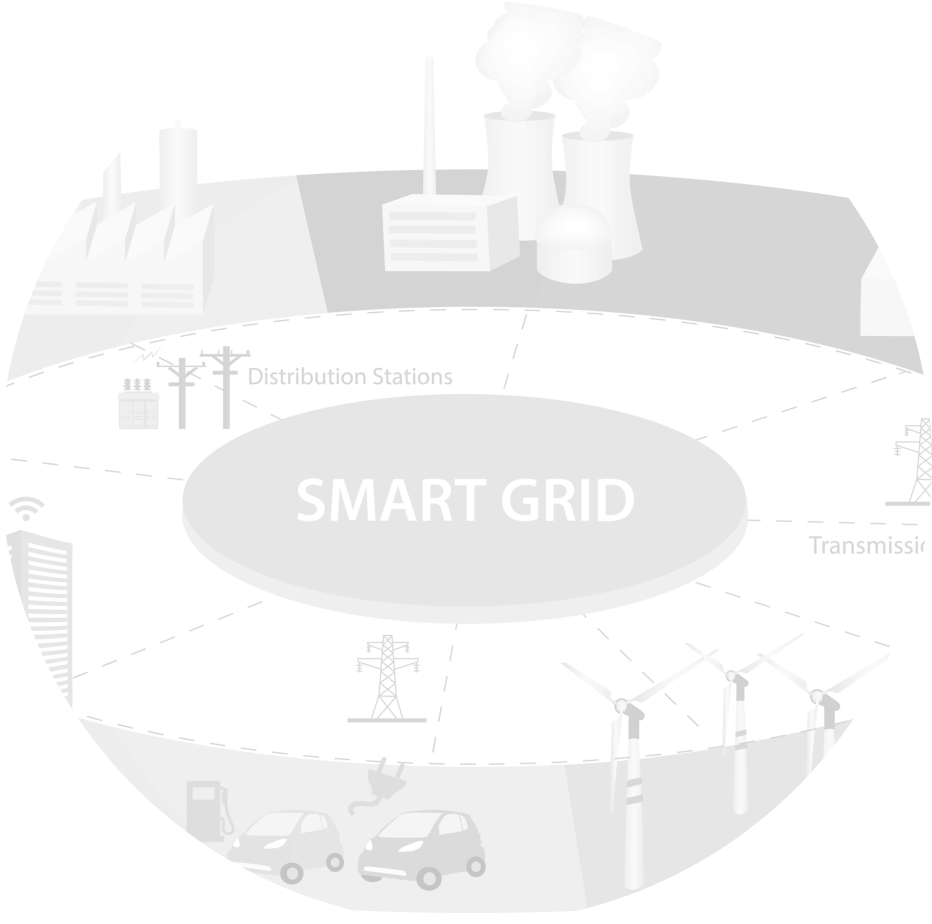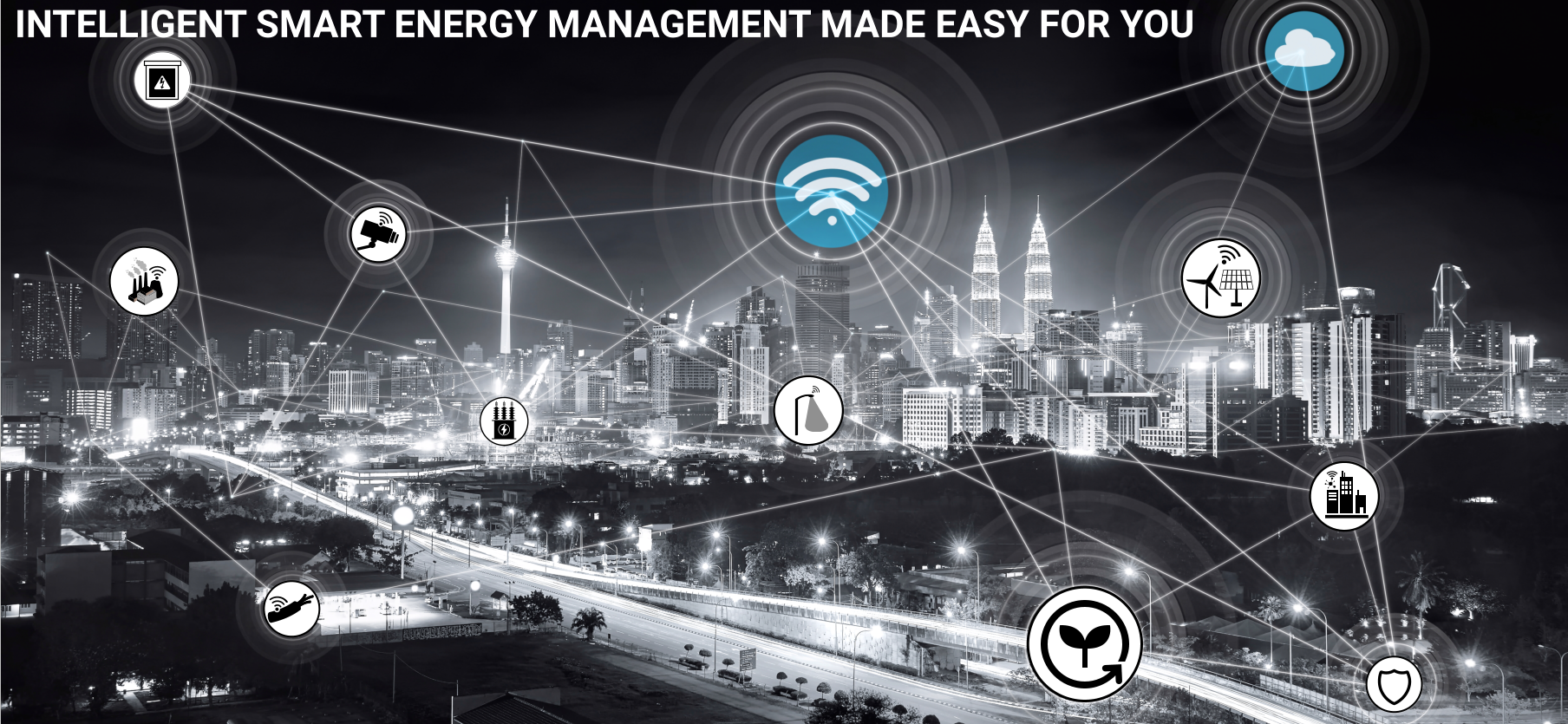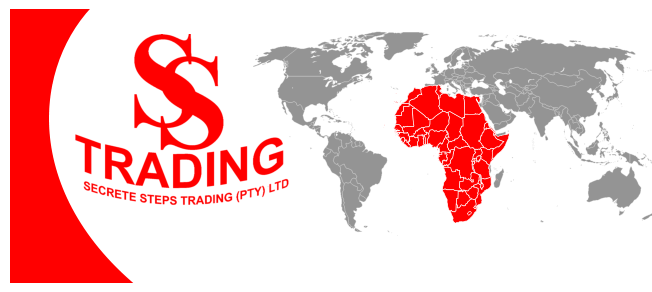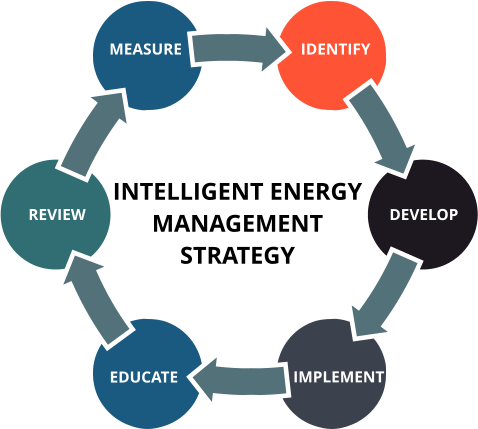

•
Big
data,
advanced
analytics,
and
IoT
technologies
(Internet
of
Things)
are
essential
technology
drivers
in
smart
grids
whereby
analytics
shift
to
the
edge,
as
in
edge
computing.
Smart
grids
leverage
more
technologies
with
an
obvious
key
role
for IoT.
•
An
electrical
grid
is
a
network
to
deliver
electricity
from
the
producer(s)
and
places
where
it’s
generated
and
transformed
(power
plants
and
substations)
to
the
final
destinations
where
electricity
is
‘consumed’:
households,
businesses,
various facilities, and the consumer in general. In practice, it is a highly interconnected network with several components such as substations, transmission lines and wiring, distribution lines, transformers, and more.
•
The
purpose
of
an
electrical
grid
is
to
ensure
that
electricity
is
always
provided
when
and
where
needed,
without
interruption
–
and
herein
lie
many
challenges
where
a
smart
grid
can
already
offer
solutions/answers.
The
two-way
flow
of
electricity
and
data
that
is
the
essential
characteristic
of
a
smart
grid
enables
to
feed
information
and
data
to
the
various
stakeholders
in
the
electricity
market
and
can
be
analyzed
to
optimize
the
grid,
foresee
potential
issues,
react
faster
when
challenges
arise
and
build
new
capacities
–
and
services
–
as
the
power
landscape
is
changing.
The
electricity
market,
consumption
of
electricity,
regulations,
demands
of
various
stakeholders,
and
the
very
production
of
electricity
are
all changing. So, smart grid initiatives exist across the globe, with different approaches and goals.
•
However,
a
smart
grid
is
about
much
more
than
just
smart
metering
and
some
other
elements
include
the
distribution
lines
and
substations
(substation
automation
and,
increasingly,
digital
substations),
technologies
and
mechanisms
to
prevent
power
outages
and
ensure
power
quality
(availability,
reliability,
etc.),
the
integration
of
energy
from
various
sources
with
an
increased
focus
on
‘green
energy’,
smart
power
generation,
sensing
along
transmission
lines,
power
system
automation,
the
inclusion
of
micro-generation
whereby
especially
organizations
and
larger
facilities
can
generate
power
and
supply
it
to
the
central
network
grid
(on
top
of
prosumers
-
people
that
both
produce
and
consume
power),
better
and
more
power
storage
capabilities,
ways
to
enhance
security,
alternative
transmission
methods
to
save
on
precious
metals
and
the
design
of
more
modern
and
stable
electrical
grids
in
countries
and
areas
where
old
grids
need
replacement.
•
“One
of
the
primary
characteristics
of
a
smart
grid
is
its
ability
to
self-heal
with
flexibility”.
Pointing
to
FLISR
technology
(fault
location,
isolation,
and
service
restoration)
self-healing
capabilities
minimize
blackouts
because
they
allow
for
continuous
self-assessments
that
inspect,
analyze,
react
to,
and
automatically
respond
to
problems.
It
is
made
possible
through
the
widespread
deployment
of
sensors
and
other
intelligent
devices
and
automated
controls
that
check
and
evaluate the status and condition of the network to identify abnormalities and problems.
•
In
short,
the
digital
technology
that
allows
for
two-way
communication
between
the
utility
and
its
customers
and
the
sensing
along
the
transmission
lines
is
what
makes
the
grid
smart.
Like
the
Internet,
the
Smart
Grid
will
consist
of
controls,
computers, automation, and new technologies and equipment working together, but in this case, these technologies will work with the electrical grid to respond digitally to our quickly changing electric demand.
•
The benefits associated with the Smart Grid include:
o
More efficient transmission of electricity
o
Quicker restoration of electricity after power disturbances
o
Reduced operations and management costs for utilities, and ultimately lower power costs for consumers
o
Reduced peak demand, which will also help lower electricity rates
o
Increased integration of large-scale renewable energy systems
o
Better integration of customer-owner power generation systems, including renewable energy systems
o
Improved security & Management





32 Bulman Road
Mkondeni
Pietermaritzburg
3201
PIETERMARITZBURG
Unit 3 Lot 106
22 Beechgate Crescent
South Gate, Industrial Park
Umbogintwini,4126
DURBAN
67 Krause Street
Oranjesig
Bloemfontein
9332
BLOEMFONTEIN
3 Hektaar Str.
Middelburg
1050
MPUMALANGA
25 Forge Road
Spartan
Kempton Park
1619
HEAD OFFICE
INTELLIGENT SMART ENERGY















B-BBEE: 1






Energy
and
electricity
usage
has
always
been
a
concern
for
home
and
business
owners.
As
resources
become
more
scarce
and
electric
costs
continue
to
rise,
users
need
to
be
aware
of
how
they
use
their
energy
and
use
it
efficiently.
One
way
to
do
this
is
by
installing
an
energy
management
system
that
helps
the
user
understand when they use the most energy and the best techniques they can implement to conserve.
Smart
energy
management
is
a
way
to
understand
smart
energy
and
how
the
systems
work
most
efficiently.
Smart
energy
systems
can
be
basic
energy-saving
air
conditioners
or
using
smart
appliances,
or
more
complex,
like
multi-building
automation
utility
systems
and
installation
of
solar
panels.
Depending
on
the
type
of
smart
energy used, there are ways to manage the systems and enhance their abilities to save energy.
The
first
step
in
smart
energy
management
is
to
diagnose
potential
energy
losses
and
existing
problems
in
traditional
commercial,
residential,
and
industrial
energy
systems.
By
simply
installing
an
energy
management
system
that
uses
technology
to
identify
wasted
electricity,
times
of
high
usage,
and
monitoring,
you
know
how
much energy is being used and when.
Now
more
than
ever,
it
is
important
for
consumers
to
monitor
their
carbon
footprint.
Updating
home
and
office
energy
systems
so
that
they
are
more
efficient
is
one
step
forward
to
change
how
we
consume
electricity.
By
managing these systems with new technologies and software, we can reduce our cost and our carbon footprint.
Smart
Energy
Management
systems
can
truly
change
how
we
view
our
energy
usage
and
reduce
waste.
These
systems
make
it
easier
for
consumers
to
monitor
their
usage
and
make
effective
changes.
When
energy
use
is
deliberately
monitored,
controlled,
and
conserved,
decreases
in
utility
consumption
and
overall
costs
can
be
realized without sacrificing facilities operations.








INTELLIGENT ENERGY MANAGEMENT RIGHT NOW
SMART GRIDS - IN A NUTSHELL
SECRETE STEPS TRADING (SMART ENERGY MANAGEMENT)
TECHNOLOGY DRIVEN ELECTRICAL SERVICE PROVIDER

























